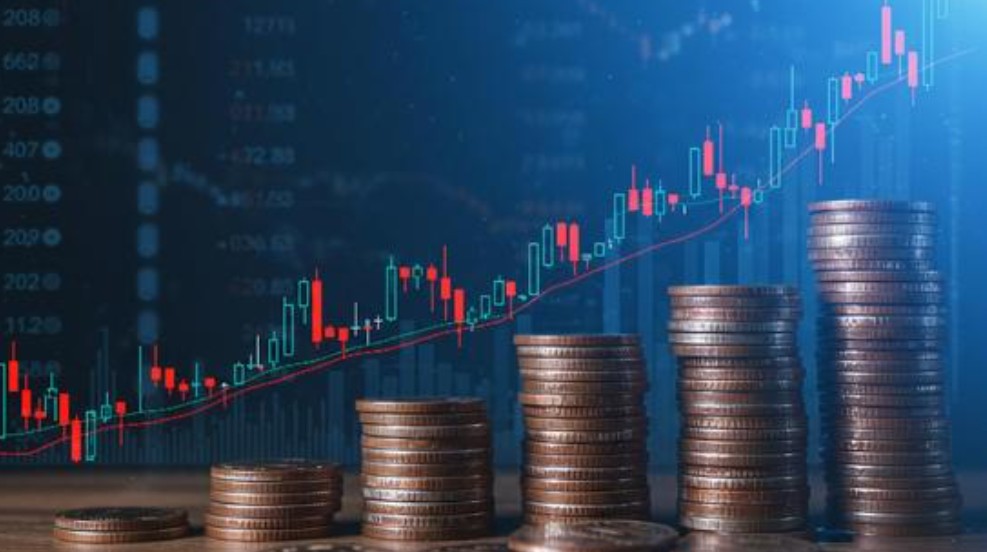
What Makes a Money Market Fund “Best” in Today’s Economy?
In a time when inflation, interest rate fluctuations, and global economic uncertainty dominate financial headlines, many American investors are turning toward safer, more liquid assets. One such option gaining renewed attention is the money market fund.
Traditionally seen as a conservative choice, these funds have evolved into powerful short-term investment tools offering stability and competitive yields.
Unlike volatile stock investments or long-term bonds, money market funds provide a balance between accessibility and return, making them particularly relevant in 2025’s unpredictable market environment.
As the economy continues to adjust post-pandemic, the definition of what makes a money market fund “best” has shifted beyond simple returns to encompass security, management, and investor convenience.
Let’s explore how these funds work, why they stand out today, and what investors should consider before choosing one.
What Is a Money Market Fund?

A money market fund is a type of mutual fund that invests in highly liquid, short-term instruments such as Treasury bills, certificates of deposit, and commercial paper.
These funds are designed to offer investors a safe place to park their cash while earning a modest return. Unlike traditional savings accounts, money market funds are not insured by the FDIC, but they are carefully managed to maintain stability and liquidity.
In recent years, money market funds have become increasingly attractive due to rising interest rates and economic uncertainty. Investors looking for safety, income, and flexibility often turn to these funds to balance their portfolios.
Whether for individuals managing emergency savings or institutions parking large sums of cash, money market funds serve as a vital component of a well-rounded investment strategy.
What Makes a Money Market Fund “Best” in Today’s Economy?
In today’s uncertain economy, the “best” money market fund is one that balances security, liquidity, and yield. With cautious rate moves from central banks and ongoing inflation concerns, investors are prioritising stability and flexibility in short-term investments.
Key qualities of top funds include:
- Consistent fund management and low expense ratios.
- A strong record of capital preservation and dependable returns.
- Diversified portfolios of government and prime instruments for balanced risk.
Transparency and accessibility are equally vital, investors value the ability to monitor performance and withdraw funds easily.
Ultimately, the best money market fund isn’t defined by yield alone but by trust, disciplined risk management, and resilience in a constantly shifting financial environment.
Why Are Investors Choosing Money Market Funds Over Other Short-Term Options?
The renewed popularity of money market funds in 2025 stems from rising interest rates and an increased focus on liquidity. Many investors are moving away from traditional savings accounts or low-yield bonds that no longer keep pace with inflation.
Money market funds now offer competitive returns while maintaining near-instant access to cash. They also carry lower volatility compared to stock markets, making them ideal for risk-averse investors. For businesses, these funds are an effective tool for managing operational cash reserves and earning short-term income.
Compared to alternatives like Treasury bills or fixed deposits, money market funds combine diversification with flexibility. Investors appreciate being able to access their funds quickly, especially in uncertain economic times, while still earning a yield that reflects market conditions.
What Key Factors Should You Look for Before Investing in a Money Market Fund?
Choosing the right money market fund requires a balanced look at several critical elements. Here are some of the most important factors to consider:
- Yield (Return): Compare the 7-day yield across different funds to understand which provides better short-term returns.
- Expense Ratio: A lower expense ratio often means better net returns for investors.
- Portfolio Composition: Look for funds primarily invested in government-backed securities for added safety.
- Liquidity: The ability to withdraw money quickly without penalty is essential for managing cash flow.
- Credit Quality: Check the fund’s credit ratings to ensure it invests in high-quality instruments.
- Fund Manager Reputation: Experienced and transparent fund managers are key to maintaining stability.
It’s also important to review historical performance during market fluctuations. While past performance is not a guarantee of future returns, it provides insight into how well the fund navigates economic challenges.
What Does the Future Look Like for Money Market Funds in the United States?

The outlook for money market funds in the US remains positive, though not without challenges. As inflation moderates and the Federal Reserve adjusts interest rates, yields may stabilise, prompting investors to focus more on fund quality and management practices.
The trend toward digital investing will continue to grow, making accessibility and transparency even more vital. Institutional investors are also likely to remain active in this space, using money market funds as a hedge against volatility in equity and bond markets.
Sustainability and ESG (Environmental, Social, and Governance) considerations could further shape fund strategies, as investors increasingly value socially responsible investment opportunities. The best funds of the future will be those that combine sound financial management with adaptability and innovation in a technology-driven world.
Conclusion
Money market funds continue to play an essential role in diversified investment portfolios, offering a balance of safety, liquidity, and reasonable returns. In today’s evolving economy, the best money market funds stand out not only for their yields but for their resilience, transparency, and adaptability.
With platforms like Investise, investors now have smarter, easier ways to compare and select funds that match their goals. As the financial landscape continues to shift, staying informed and leveraging technology will remain the keys to making the most of short-term investments.

